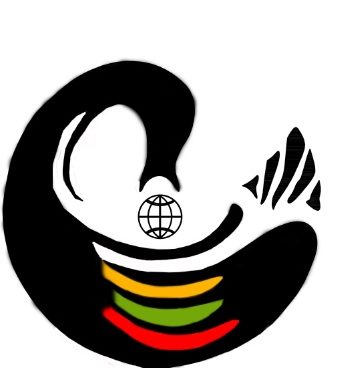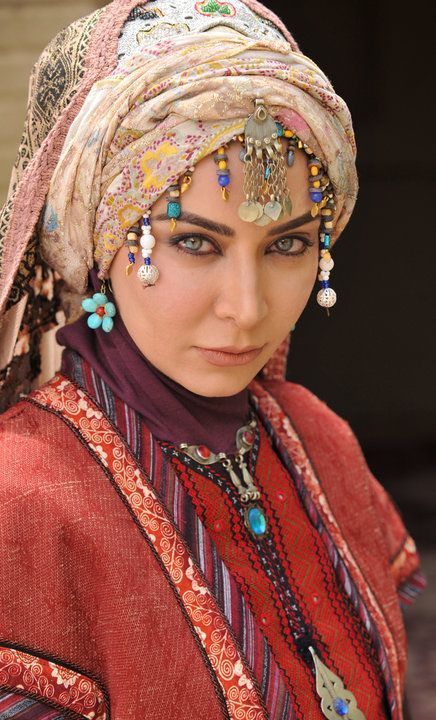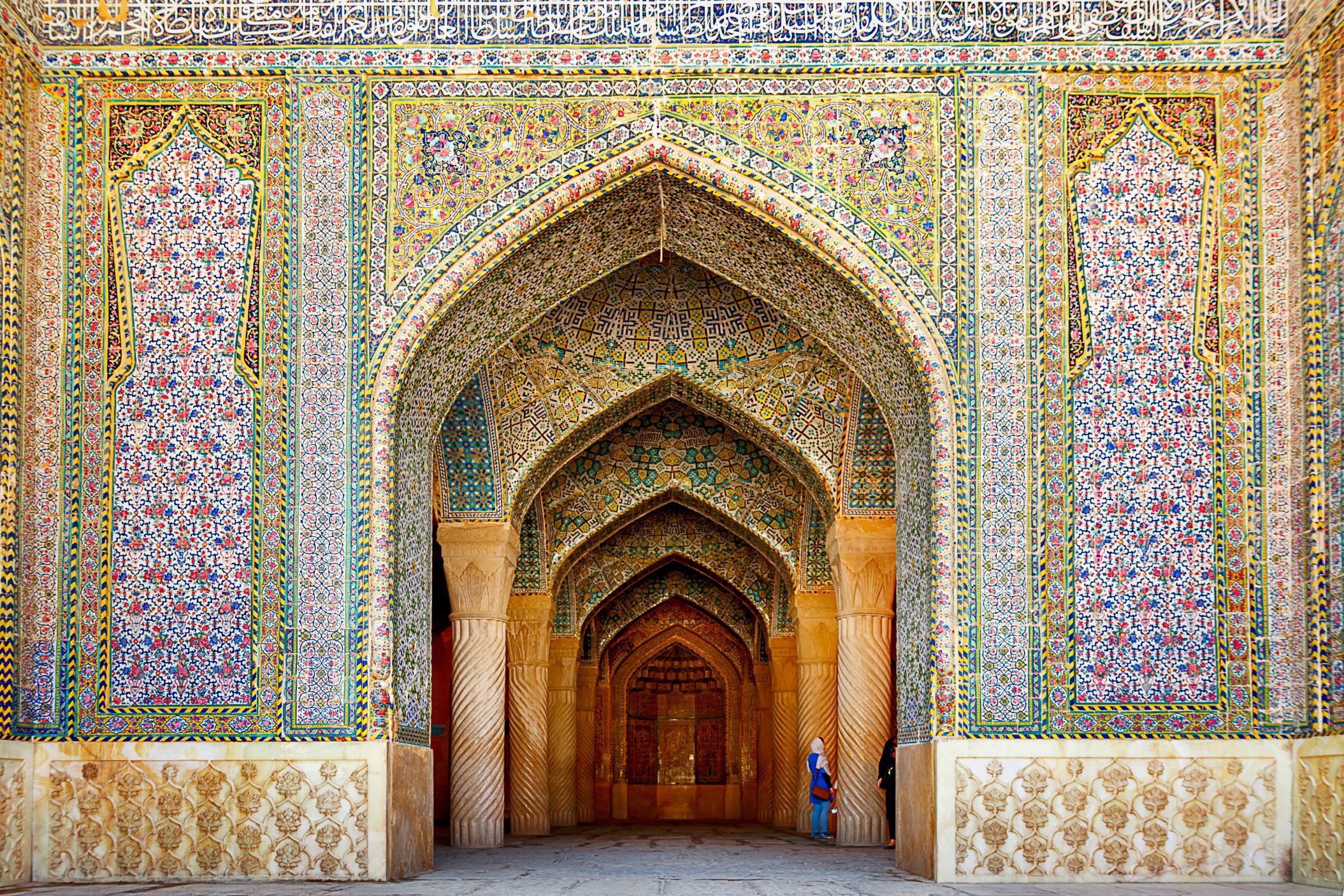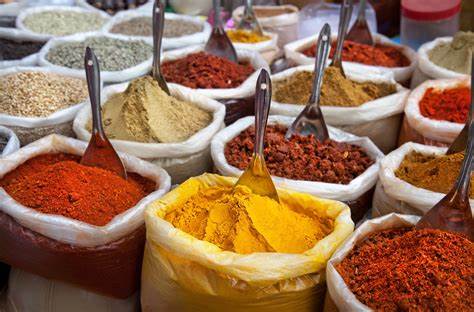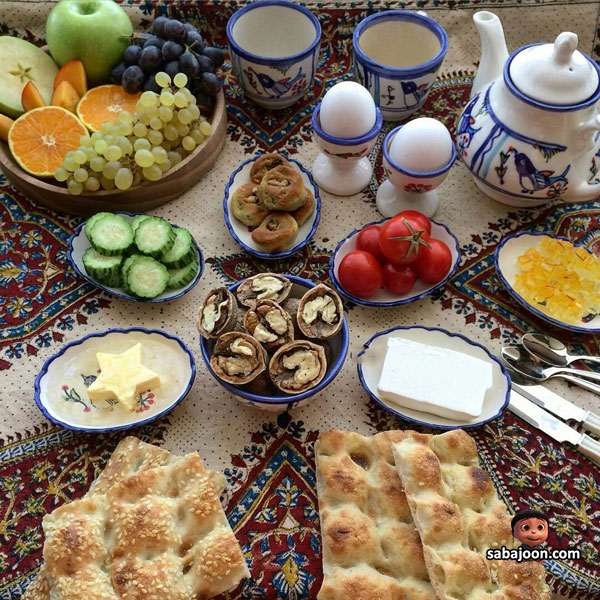Iran is a mountainous, dry, and ethnically diverse country of southwestern Asia. The capital is Tehrān, a sprawling, jumbled metropolis at the southern foot of the Elburz Mountains. The heart of the storied Persian empire of antiquity, Iran has long played an important role in the region as an imperial power and later—because of its strategic position and abundant natural resources, especially petroleum—as a factor in colonial and superpower rivalries. The country’s roots as a distinctive culture and society date to the Achaemenian period, which began in 550 BCE. From that time the region that is now Iran—traditionally known as Persia—has been influenced by waves of indigenous and foreign conquerors and immigrants, including the Hellenistic Seleucids and native Parthians and Sāsānids. Iran is bounded to the north by Azerbaijan, Armenia, Turkmenistan, and the Caspian Sea, to the east by Pakistan and Afghanistan, to the south by the Persian Gulf and the Gulf of Oman, and to the west by Turkey and Iraq. Iran also controls about a dozen islands in the Persian Gulf. About one-third of its 4,770-mile (7,680-km) boundary is seacoast. Iran is a culturally diverse society, and interethnic relations are generally amicable. The predominant ethnic and cultural group in the country consists of native speakers of Persian. But the people who are generally known as Persians are of mixed ancestry, and the country has important Turkic and Arab elements in addition to the Kurds, Baloch, Bakhtyārī, Lurs, and other smaller minorities (Armenians, Assyrians, Jews, Brahuis, and others). Although Persian (Farsi) is the predominant and official language of Iran, a number of languages and dialects from three language families—Indo-European, Altaic, and Afro-Asiatic—are spoken. The wide range of temperatures in different parts of the country and the multiplicity of climatic zones make it possible to cultivate a diverse variety of crops, including cereals (wheat, barley, rice, and corn), fruits (dates, figs, pomegranates, melons, and grapes), vegetables, cotton, sugar beets and sugarcane, nuts, olives, spices, tea, tobacco, and medicinal herbs. Iranians do celebrate several festive occasions. In addition to the two eids Eid al-Adha and Eid al-Fitr—practiced by Sunnis and Shiʿis alike—the most important holidays are Nōrūz, the Persian New Year, and the birthday of the 12th imam, whose second coming the Shiʿah expect in the end of days.
Things to Do:
Visit Golestan Palace
Walk through Bagh- E Fin Garden
Visit Tajrish Bazaar
